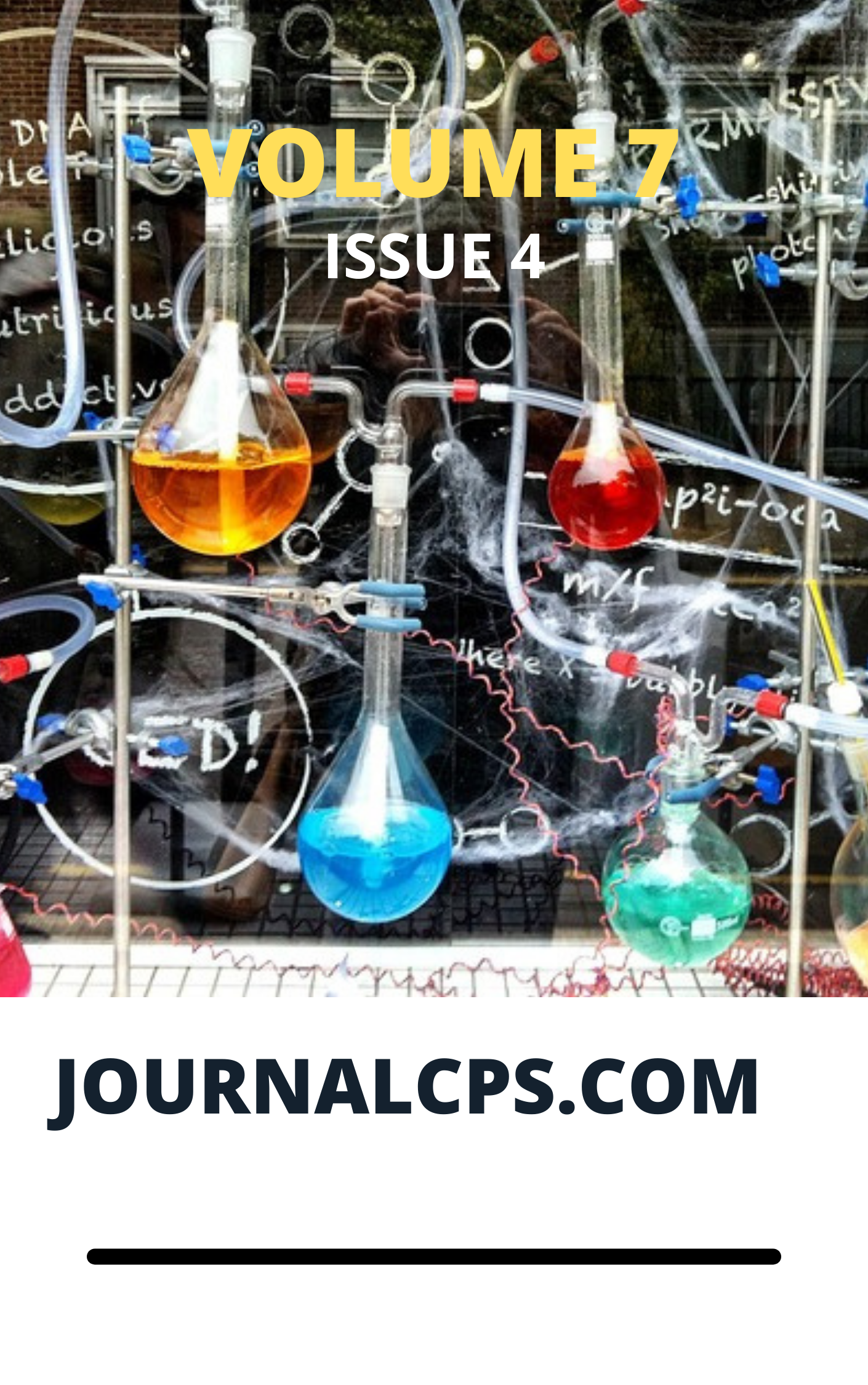Integrating Artificial Intelligence with Assistive Technology to Expand Educational Access through Speech to Text, Eye Tracking and Augmented Reality
Keywords:
artificial intelligence, assistive technology, speech-to-text, eye-tracking, inclusive education, curriculum integration, educational AI, universal design for learningAbstract
This study investigates the integration of artificial intellig3ence-powered assistive technologies (speech-to-text, eye-tracking, and augmented reality) within educational curricula to enhance accessibility for students with diverse learning needs and physical disabilities. Through a mixed-methods approach involving 240 students across 12 educational institutions, we implemented and evaluated an AI-driven assistive technology framework that adapts to individual learner profiles and provides real-time accessibility support. Results demonstrate significant improvements in learning outcomes (Cohen’s d = 1.23), student engagement (78% increase), and curriculum accessibility (92% of previously inaccessible content became accessible). The integrated AI system successfully personalized assistive interventions, reducing cognitive load by 34% and improving task completion rates by 56% among students with disabilities. These findings provide evidence for the transformative potential of AI-integrated assistive technologies in creating truly inclusive educational environments and offer a scalable framework for institutional implementation.
Downloads
Published
Issue
Section
Similar Articles
- Muhammad Bello, Musa Bello, Dunah Lawissense Godfrey, Effect of Multimedia-Enriched Lecture Method on Retention Among Secondary School Physics Students in Kano Metropolis, Nigeria , Communication In Physical Sciences: Vol. 12 No. 3 (2025): VOLUME 12 ISSUE 3
- Robinson Ogochukwu Isichei, The Intersection of Artificial Intelligence, Music, and Religion: An Extensive Review Highlighting Contemporary and Emerging Perspectives , Communication In Physical Sciences: Vol. 9 No. 4 (2023): VOLUME 9 ISSUE 4
- Nnaemeka Emeka Ogbene, Hyacinth Chibueze Inyiama, Frank Ekene Ozioko, Nnamdi Johnson Ezeora, Agbo Chibuike George, Asogwa Tochukwu Chijindu, Application of Green Computing at Nigerian Tertiary Institutions , Communication In Physical Sciences: Vol. 8 No. 4 (2022): VOLUME 8 ISSUE 4
- David Adetunji Ademilua, Edoise Areghan, AI-Driven Cloud Security Frameworks: Techniques, Challenges, and Lessons from Case Studies , Communication In Physical Sciences: Vol. 8 No. 4 (2022): VOLUME 8 ISSUE 4
- Humphrey Sam Samuel , Emmanuel Edet Etim, John Paul Shinggu, Bulus Bako, Machine Learning in Thermochemistry: Unleashing Predictive Modelling for Enhanced Understanding of Chemical Systems , Communication In Physical Sciences: Vol. 11 No. 1 (2024): VOLUME 11 ISSUE 1
- Franklin Akwasi Adjei, Artificial Intelligence and Machine Learning in Environmental Health Science: A Review of Emerging Applications , Communication In Physical Sciences: Vol. 12 No. 5 (2025): Vol 12 ISSUE 5
- Enefiok Archibong Etuk, Omankwu, Obinnaya Chinecherem Beloved, Human-AI Collaboration: Enhancing Decision-Making in Critical Sectors , Communication In Physical Sciences: Vol. 12 No. 2 (2025): VOLUME 12 ISSUE 2
- Oluwatosin Lawal, Projecting AI-Driven Intersection of FinTech, Financial Compliance, and Technology Law , Communication In Physical Sciences: Vol. 12 No. 2 (2025): VOLUME 12 ISSUE 2
- Enefiok Archibong Etuk, Omankwu, Obinnaya Chinecherem Beloved, Spiking Neural Networks (SNNs): A Path towards Brain-Inspired AI , Communication In Physical Sciences: Vol. 12 No. 2 (2025): VOLUME 12 ISSUE 2
- David Adetunji Ademilua, Cloud Security in the Era of Big Data and IoT: A Review of Emerging Risks and Protective Technologies , Communication In Physical Sciences: Vol. 7 No. 4 (2021): VOLUME 7 ISSUE 4
You may also start an advanced similarity search for this article.




